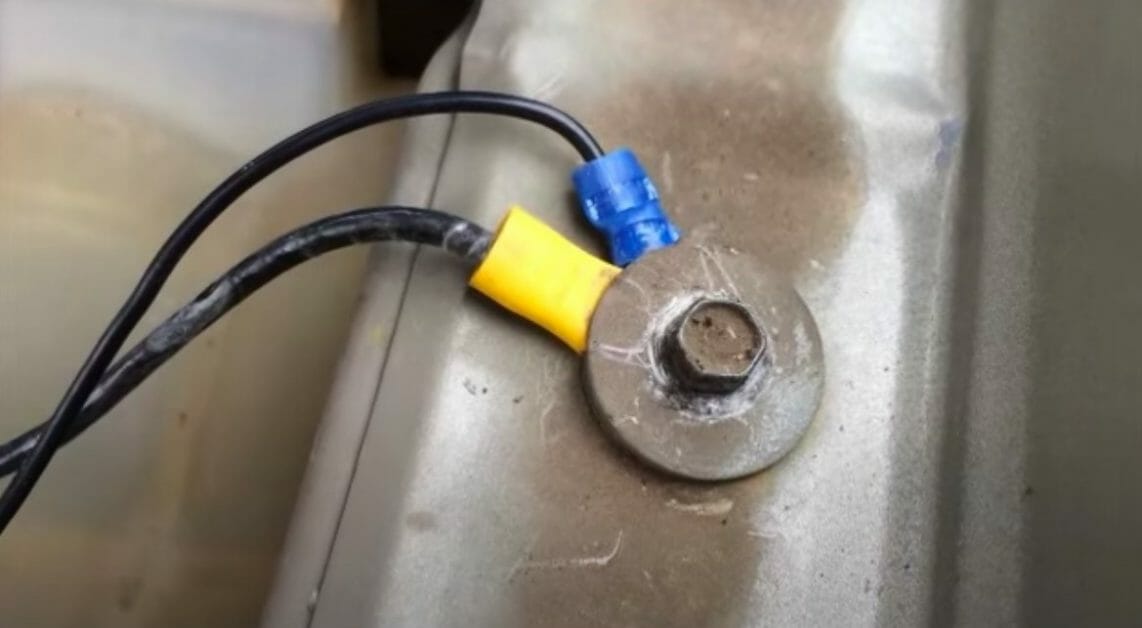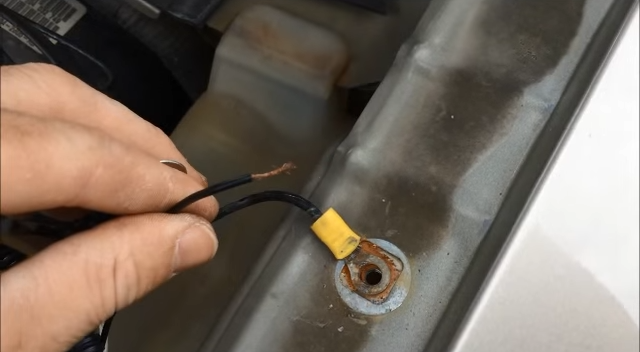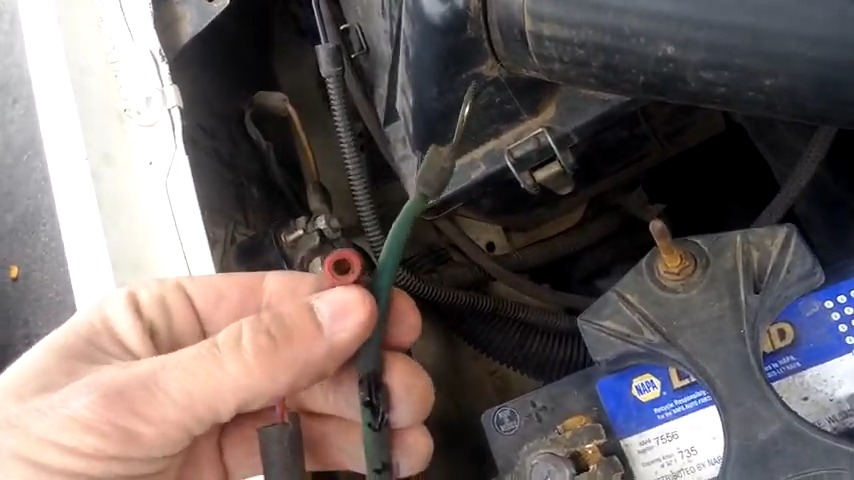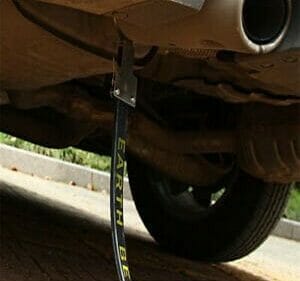Where is The Engine Ground Wire Located?

In essence, there is no true ground wire in a car. However, the standard terminology used to describe the common return on a car is ground. Usually, wires that thread from specific electrical items such as radios, batteries, and motors, are termed “ground wire(s)”. In modern vehicles, the negative wire from the negative terminal on a car’s battery can as well be termed ground wire.
The above does not include the main battery in an EV which is a different case.
We will go into more detail below.
The Location of The Ground Connections, Wires, and Surfaces in A Car
Not all vehicles have the same type of grounding. Some have ground wires while others do not. The following are possible grounding techniques in various vehicles.
The Body of The Car – Body Ground
Generally, the car’s body is on the ground. The connection is made to the body of the car from every single device in the vehicle.
Either by wire or bolt via the bodywork. Alternatively, the metal devices can be connected directly to the car’s bodywork – the ground.

So, for virtually all vehicles the body is the ground because of the body and the chassis form the return path of the circuits.
Note: Vehicles with non-conductive bodies and chassis need extra wires or pigtails to connect to the common return.
Ground Wire Metals

In essence, there is no true ground wire in a car.
However, the standard terminology used to describe the common return on a car is ground.
Usually, wires that thread from specific electrical items such as radios, batteries, and motors, are termed “ground wire(s)”. In modern vehicles, the negative wire from the negative terminal on a car’s battery can also be called the ground wire. But that does not include the main battery in an EV which is a different case.
Positive Grounded Systems
While most vehicles have negatively grounded chassis and bodies, some antique cars have positively grounded parts or systems.
Color-Code (The Green Wire)
You can use the conventional color code to pinpoint the ground wire in your car. Usually, the green wire represents the ground. However, the green wire can serve other purposes. And it is not a reliable way of identifying the ground wire and connections.
Grounding Straps and Chains

Some vehicles use grounding chains to curb static sparks from causing damage. Fuel tankers use grounding chains.
Military tankers use the ground clamp to discharge static sparks between vehicles before attaching to the fuel line. (1, 2)
Take a look at some of our related articles below.
- How to test a ground wire on a car
- What to do with ground wire if no ground
- How to connect ground wires together
References
(1) military tanker – https://www.britannica.com/technology/tank-military-vehicle
(2) static sparks – https://theconversation.com/static-electricitys-tiny-sparks-70637
Video Reference
